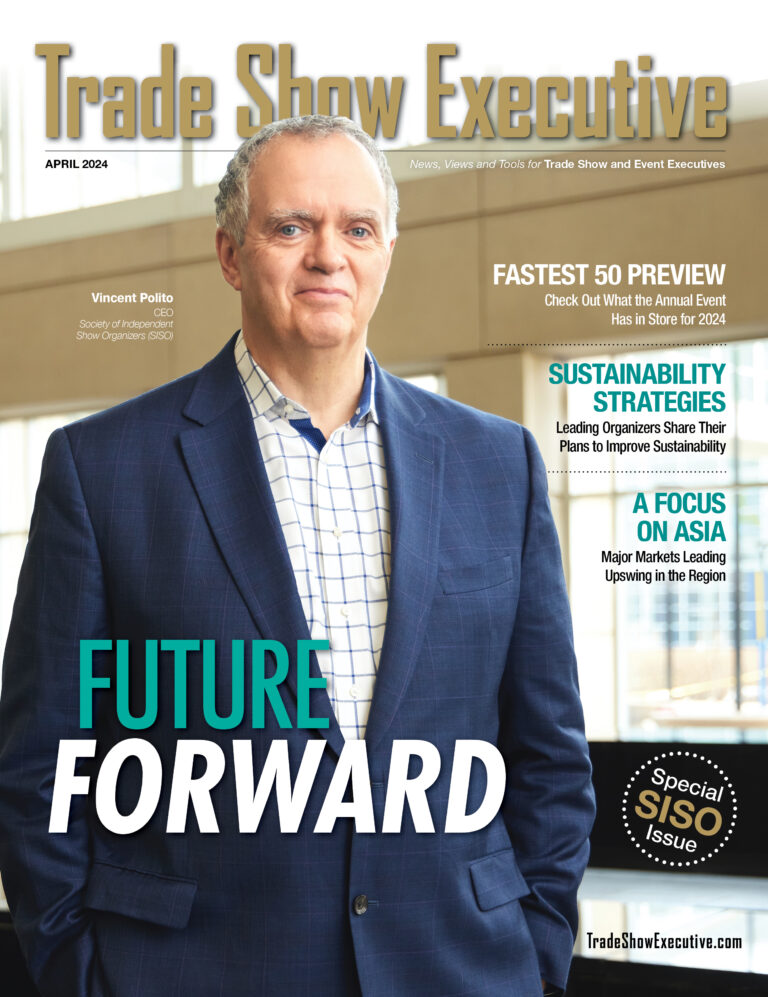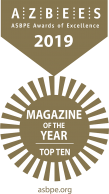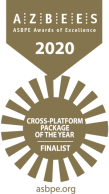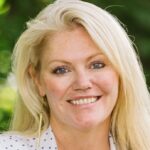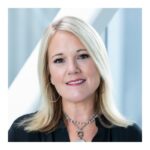Cornering the Navigation Market
With over 400 events each year, NAVTEQ has an ambitious global trade show and event program. Francesca Lendrum, corporate marketing director, is responsible for more than half of these. Her program continues to grow each year, often as much as 30%. How does she choose events? Evaluate results? Is the exposition industry in good shape? I spoke with her just as she was leaving for the Corporate Event Marketing Association (CEMA) meeting in Las Vegas. Francesca took time out of her busy schedule to talk with me about how she directs the event department at NAVTEQ, the leading provider of digital maps for MapQuest, Mercedes Benz, Sirius, Yahoo, Verizon and other vehicle/wireless/online navigation systems.
Bob: NAVTEQ generated revenues of $853 million in 2007 which was up an astounding 47% from the year earlier. You are responsible for a very ambitious trade show, sponsorship and events program.
Francesca: We execute about 400 events a year worldwide, ranging from small table-top exhibits to large trade shows with multiple activities: exhibits, off-floor meeting space, co-located business conferences, and customer events within the same show. This program has grown about 30% on average over the last few years.
Bob: NAVTEQ was acquired by Nokia for $8 billion early in July. Has this impacted your trade show program?
Francesca: No, it hasn’t at all. NAVTEQ functions as an independent operating unit.
Bob: What criteria do you use to select events?
Francesca: We review the show’s objective, the audience it markets to and the opportunities it offers our sales team to create and nurture customer relationships. We evaluate the show’s historical data, its reputation for delivering the intended audience, our own experience within the industry sector and our internal plans for promoting a new product or advances in technology.
Bob: Are an organizer’s published metrics important when selecting trade shows?
Francesca: Yes, in that they help substantiate the claims in the promotional material. When statistics are not available or are unpublished, it throws up a red flag.
Bob: Do you set objectives for all your events?
Francesca: Yes. And we follow through with a ROO (Return On Objectives) analysis at the conclusion of the event.
Bob: What defines your exhibits in this competitive market?
Francesca: Our exhibits are defined by their versatility and our ever-developing technology and rich content. We have fairly traditional displays with specialty areas for demonstrating technological innovations. This hands-on approach is what draws attendees and prospects to our exhibits.
Bob: Do you normally support your customers in their shows?
Francesca: Yes, both in their exhibits and by offering space in our exhibit. Our maps and services are best shown on our customers’ devices, so we provide space to customers who have a new product offering or new companies that have developed applications to be launched.
Bob: Do you have special criteria for sponsorships?
Francesca: It varies depending on the industry or market we are targeting. We do not participate in broad sponsorships but instead choose a targeted topic at a large show or develop a custom sponsorship that we can “own” within that show for the long term.
Bob: What are the major challenges you see with exhibitions today?
Francesca: Rising costs, as always. As service costs escalate, suppliers must be certain their service value is increasing as well. It is a perennial challenge, particularly during budget time, to justify costs to executive management, particularly with a ‘value versus price’ equation.
Bob: What is your measure of success for trade shows?
Francesca: As I mentioned, we apply ROO for success measurement. It is all about the opportunities that are created in face-to-face meetings. The quality of this personal contact is not replicated online or achieved with mass marketing. NAVTEQ has a great reputation for customer satisfaction and is known for creating opportunities for our customers to grow their business at face-to-face events. We often provide the platform for that to take place.
Bob: Have you ever used video cameras/RFID to chart traffic flow in your exhibits?
Francesca: Not yet, as it is still a bit cost-prohibitive for us. At most shows, we have a targeted customer/prospect list which we cover at advance staff meetings. And we have a good system to field new contacts in the booth.
Bob: Is your marketing budget growing?
Francesca: It is, relative to the new opportunities that are regularly added. NAVTEQ’s expansion into the Middle East and Asia are good examples.
Bob: Is there one thing that an exhibition organizer can do to ensure your continued loyalty as an exhibitor or sponsor?
Francesca: Be proactive in your relationship with the exhibitor and/or sponsor and cut back on the promotional emails. My pet peeve is the constant barrage of “What we can do for you?” emails masking the real question: “How deep are your pockets?” Please, either target those opportunities more appropriately or stop sending them.
Bob: What is the best way to alert you to new show information?
Francesca: E-mail is still best, but a pre-event call to alert me to a special opportunity will draw my attention more; a combination of the two works best. Our business is unique, and if the sender does not know what we do, the opportunities offered are usually off-base. Before sending something, I recommend suppliers study NAVTEQ’s business to pitch more customized sales or promotion offers.
Bob: The IT sector has seen many changes. Care to comment on your experience?
Francesca: I am fortunate to have watched the industry change from a peripherals-driven business to one in which connected personal computing became a given. I have watched the same blossoming in the navigation industry. NAVTEQ was a small company operating at a net loss ten years ago. Last year, our net income exceeded $173 million. The nav industry has grown from the initial stage of having a map in your car, to getting directions online and via portable devices, to today, where there is rich content such as traffic information downloadable instantly to a phone, PDA or any of the latest GPS-enabled products.
Bob: When you work with trade show organizers, are there any that stand out, and why?
Francesca: The trade show and event business is built on personal relationships, so the personal touch is most important for us. Whether it is our largest or smallest show, a proactive call that there is a better space, a great sponsorship opportunity, or just that we are coming up on a payment deadline is wonderful. These things support the company’s — and my team’s — performance at a show. Specifically, I would mention Jennifer Hoff and the team at National Trade Productions, Chris Amos at the Consumer Electronics Association, and Melissa Stoddard and Karen Leon at the CTIA. Agnes Leung at Singapore Exhibition Services, the company that produced CommunicAsia in Singapore, has also been very responsive this past year.
Bob: Is there any aspect of exhibiting that you would like to change?
Francesca: Because I manage so many global shows, I do see a growing disparity in services, value versus price. What impresses me is the range of tools used to get the same job done from country to country. What I would like to see change, particularly in the U.S., is the high cost of services. Due to our rules, laws and traditions, I don’t think that kind of change is coming. Another important issue is ‘green exhibiting.’ I would like to see our industry make that a priority and help influence businesses to move in this direction.
Bob: How do you rate the health of the exhibition industry today?
Francesca: The industry has bounced back well from the early part of this decade. With rapid growth in the Middle East and Asia Pacific in particular, there is a really strong cross-pollination of business opportunities.
Bob: What keeps you up at night?
Francesca: Things like this interview (laughing). Actually, because I work with some really fantastic colleagues and suppliers, I don’t have the same sleepless nights I did once. We always have a ‘Plan B’ and ‘Plan C’ at NAVTEQ, so we manage to solve problems with a cool head.
Bob: Who were your mentors?
Francesca: My father continues to be a great mentor and role model. He and my mother imbued in me a love of travel. My own sense of adventure ultimately has helped me work with other cultures and to appreciate new challenges. Recently, we held a multi-event trade show in Singapore and user groups in three Asian countries. It was a joy to collaborate with everyone on these new projects.
Bob: What about your career mentors?
Francesca: When I was at C. Itoh, the VP of our department, Bob Cowan, was probably the biggest influence on my career. He helped me develop new ideas for promoting our products and gave me additional responsibility as our company grew and spun off subsidiaries – very big stuff for a young exhibit manager. He never faltered in his belief that I could handle it. And Scott Bennett at Nth Degree is a long time industry friend who I can always count on for advice and direction.
Bob: You impressed me as well with your energy and acumen at that time. Finally, any thoughts about the future?
Francesca: Anxiety about our future should be kept in check. We have all experienced different business cycles and I believe in forward-thinking, focusing on the long-term rather than the short. It is important to remain mindful that the world grows smaller as we communicate better. Anxiety can turn into opportunity with a little reflection. Marketing folks are particularly attuned to this. We can lead our companies with optimism.
Contact Francesca Lendrum at (312) 894-7021 or francesca.lendrum@navteq.com
